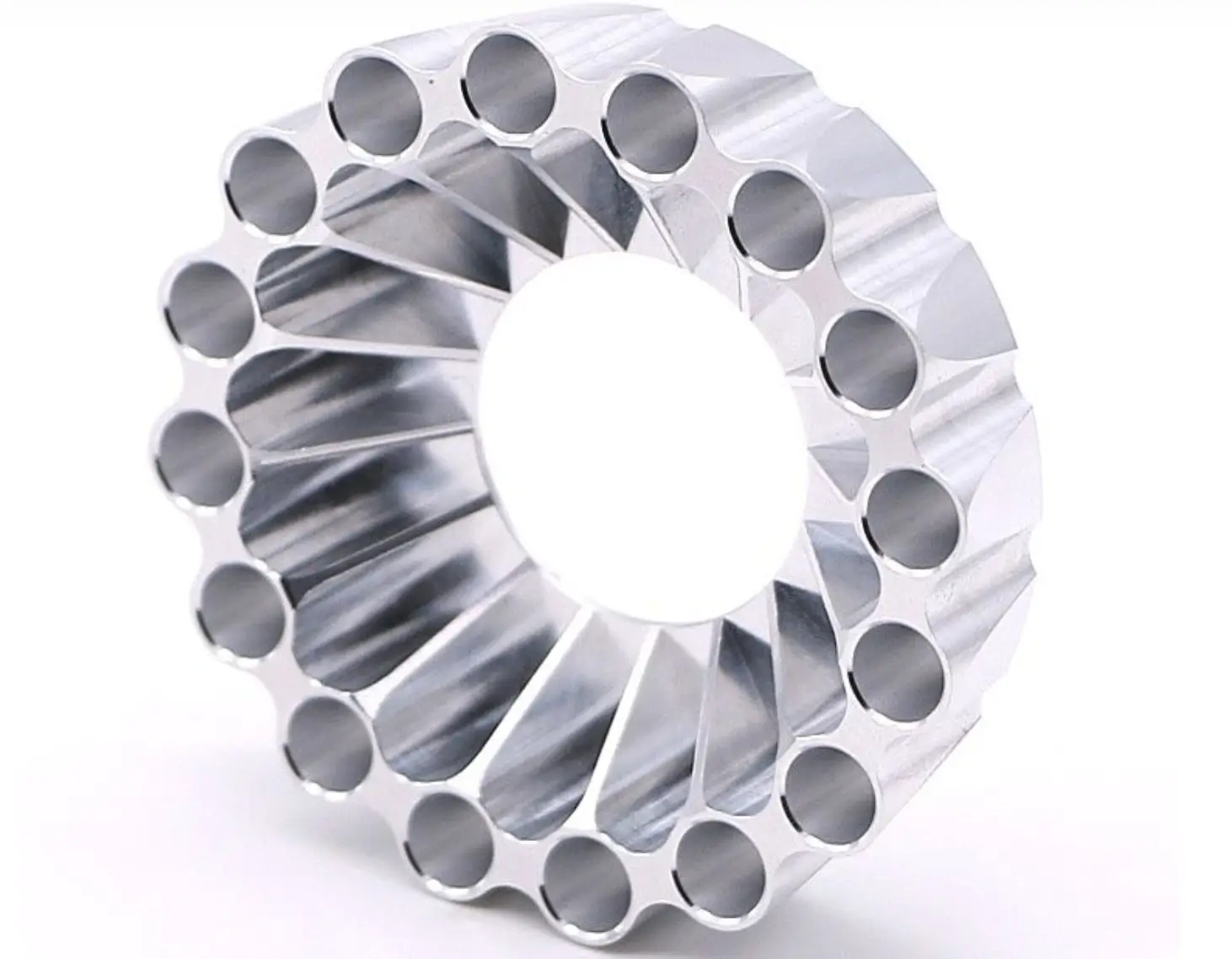Machining Center Milling Aluminum Parameter Settings
Introduction:
In the field of manufacturing and machining, machining centers play a crucial role in producing high-quality components with precise dimensions. One of the common materials used in machining centers is aluminum due to its lightweight, high strength, and excellent machinability. However, to achieve optimal results, it is essential to set the right parameters for milling aluminum on a machining center. This article will explore the key parameter settings required for efficient and accurate aluminum milling.
1. Spindle Speed (RPM):
The spindle speed is a critical parameter that determines the cutting speed of the tool. For milling aluminum, a high spindle speed is recommended to achieve better surface finish and productivity. Typically, a range of 3000-6000 RPM is suitable for aluminum machining. However, the exact speed may vary depending on the specific alloy, tool diameter, and desired feed rate.
2. Feed Rate (IPM):
The feed rate refers to the speed at which the cutting tool advances into the workpiece. In aluminum milling, a higher feed rate is generally preferred to maintain efficient chip evacuation and prevent excessive heat buildup. The recommended feed rate for aluminum is typically between 10-30 inches per minute (IPM). However, it is crucial to balance the feed rate with the spindle speed to avoid overloading the tool and causing premature wear.
3. Depth of Cut (DOC):
The depth of cut refers to the distance the cutting tool penetrates into the workpiece during each pass. When milling aluminum, it is advisable to use a shallow depth of cut to minimize the cutting forces and prevent tool deflection. A typical depth of cut for aluminum is around 0.05-0.1 inches, but this value can be adjusted based on the rigidity of the machine and the desired material removal rate.
4. Coolant/Lubrication:
Using an appropriate coolant or lubricant is crucial for aluminum milling to dissipate heat and improve tool life. Aluminum has a tendency to generate chips that can easily stick to the cutting tool, leading to chip recutting and poor surface finish. Applying a water-soluble coolant or a suitable lubricant helps to reduce friction, prevent chip welding, and keep the cutting edges clean during the machining process.
5. Tool Selection:
Selecting the right cutting tool is paramount for successful aluminum milling. Carbide end mills with a high helix angle and sharp cutting edges are commonly used for aluminum machining. The number of flutes on the tool also affects chip evacuation and surface finish. Tools with fewer flutes (2-3) are preferred for roughing operations, while those with more flutes (4-5) provide smoother finishes during finishing passes.
6. Tool Path Strategy:
Choosing an appropriate tool path strategy is essential to optimize the cutting conditions and ensure even tool wear. For aluminum milling, conventional milling (up-milling) is generally recommended. This method helps to reduce the risk of work hardening and provides better chip clearance compared to climb milling (down-milling).
Conclusion:
When it comes to machining centers milling aluminum, careful parameter settings are crucial for achieving efficient, accurate, and high-quality results. By considering factors such as spindle speed, feed rate, depth of cut, coolant/lubrication, tool selection, and tool path strategy, manufacturers can maximize productivity, minimize tool wear, and produce superior components in the field of aluminum machining.
.webp)



